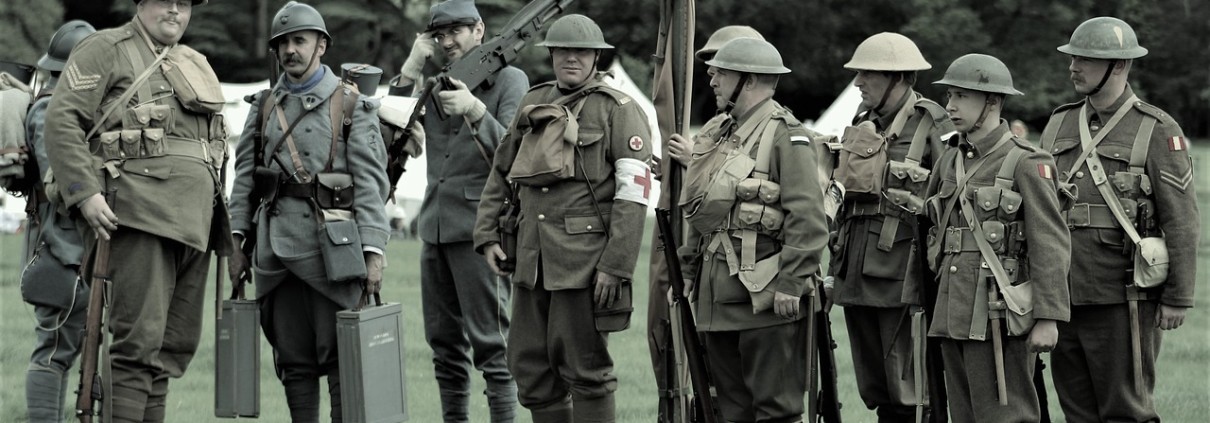How Military Gear Has Evolved in the Last Century
The US military has seen many changes since its inception. During the Revolutionary War, and Civil Wars, the soldiers wore uniforms made of wool with little protective gear for themselves, let alone from the elements. Men froze to death or suffered from frostbite during the winter of the Revolutionary War because they did not have adequate supplies. On the other hand, soldiers were overheated and suffered from heat stroke while they fought in the Civil War because their uniforms did not shield them from the scorching summer heat.
For many years, the military uniform and military gear remained unchanged until the early twentieth century. But it wasn’t until the last fifty to seventy-five years that significant changes have been made, not only to the uniform but the military gear as well.
According to the website, http://www.wearethemighty.com/articles/5-ways-us-military-combat-uniforms-have-changed-since-vietnam, US combat uniforms have gone through several updates.
In doing so, they have helped to protect our servicemen and women while encountering enemy forces.
Two significant changes that the military included in the combat uniform was the pockets in the uniform and the material to coincide with the location where our soldiers are fighting. Manufacturers added slanted chest pockets on the shirts and the cargo pockets to the military pants. Six pockets were attached to the pants in the 1980’s, and a vertical Velcro pocket replaced the slanted pocket in the combat shirts. Then, after 9/11, the military added ankle pockets to the combat pants and wrist pockets to the combat blouse. These additional pockets made tools, weapons, and other items readily accessible to our military personnel.
During the Korean and Vietnam Wars, polyester and cotton were the materials used to create the uniforms. Unfortunately, this combination did not allow the skin to breathe and made it extremely hot for the soldiers. As US military forces fought in more humid climates, like Afghanistan, the military made necessary adjustments to the material and implemented a blend of nylon and cotton. Then, again, after the 9/11 attacks, the military began using the Nomex flight suits as an option for many of those defending the US. The Nomex material is more comfortable, lighter, and more durable than its predecessors. It is also flame-retardant, which protects personnel on the front lines and patrol, should they hit a roadside bomb.
Military gear was also updated throughout the years. During the Korean and Vietnam Era, many members of the armed forces wore heavy equipment, and their weapons were out in the open, usually in a holster. It was common to see them carry rifles on their backs. While the intent was to give them easy access to their weapons, it also gave the enemy easy access as well, especially during hand-to-hand combat situations. Today, the gun holster is secured to the inner holster with Velcro which holds the holster in place while allowing movement. The inside holster has a low-visibility feature, as well as the capacity to carry ammunition, water, and first aid necessities allowing immediate access. The new material that is used today is made of light-weight nylon fibers. It also protects the weapons from weather damage, in addition to chemical warfare.
There have been many improvements to the US military combat uniform and military equipment in the last fifteen to twenty years. As the servicemen and women’s needs arise and adaptations to the uniforms and gear are needed, the US government will do everything to keep our men and women who serve our country as safe as possible. For further information about the upgrades in military gear, please visit http://www.businessinsider.com/8-big-changes-that-have-improved-load-bearing-combat-gear-2015-7.



